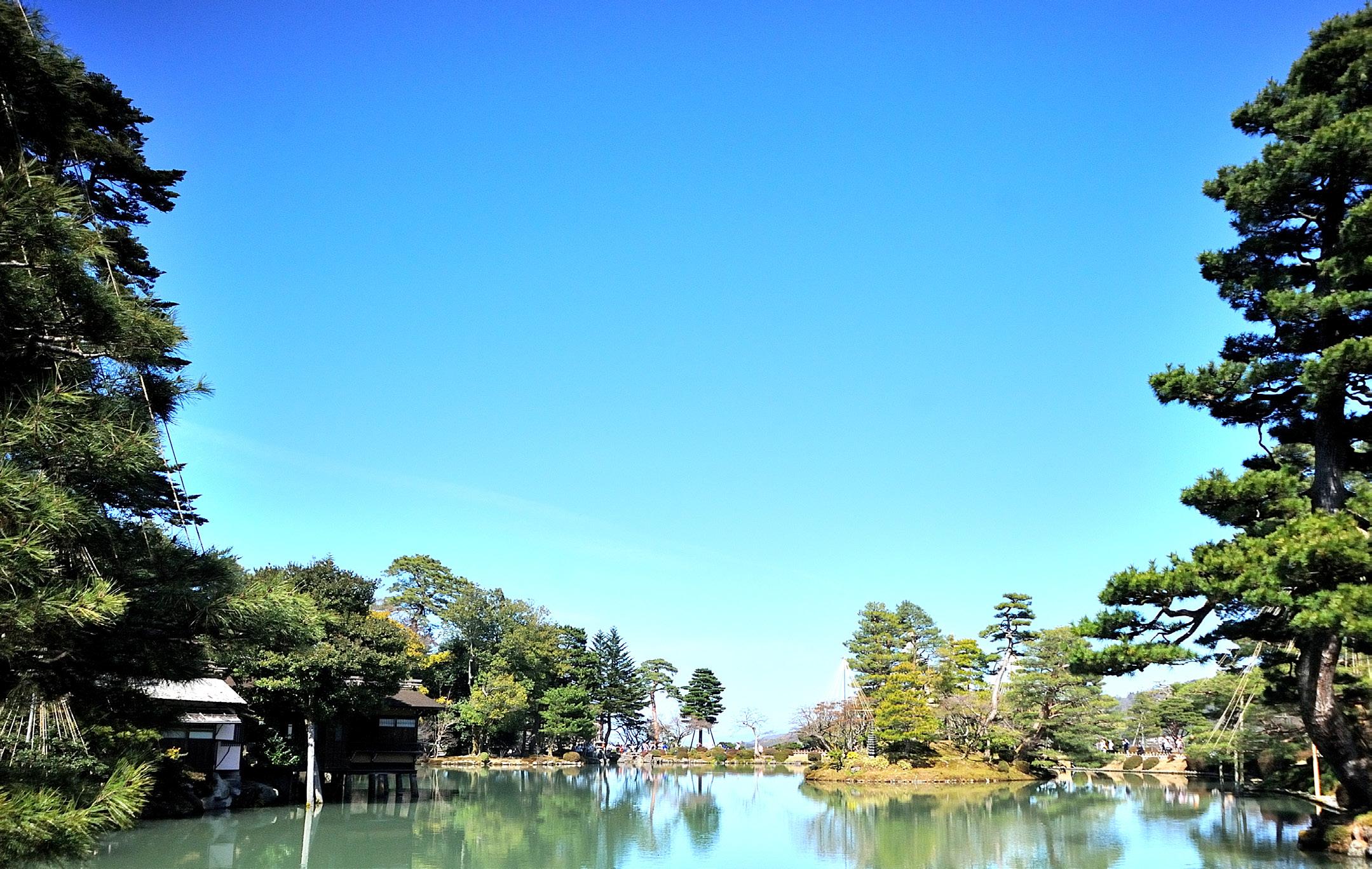
3 minute read
Exploring Hokuriku Region: 5 Must-Visit Places
BY FLORENDA CORPUZ
Nestled in the heart of Japan’s Honshu Island, the Hokuriku region is a hidden gem that boasts a unique blend of natural beauty, rich cultural heritage, and mouthwatering cuisine. It includes the three prefectures of Fukui, Ishikawa, and Toyama, each offers a distinct experience to visitors.
Advertisement
One of the most convenient ways to travel around the region is via the Hokuriku Shinkansen, connecting Tokyo to Kanazawa, Ishikawa’s capital city, with stops in between including Toyama City. Excitingly, starting in March 2024, the bullet train line will extend to Tsuruga City in Fukui Prefecture, making the region even more accessible to local and foreign tourists. Here are the top five destinations in the Hokuriku region that should be on your travel list:
Echizen Washi Village
Discover the rich history and exceptional craftsmanship of traditional Japanese papermaking in the charming Echizen Washi Village, situated in the picturesque Fukui Prefecture. With a history spanning over 1,500 years, this area is renowned as one of Japan’s most significant and oldest washi production centers.
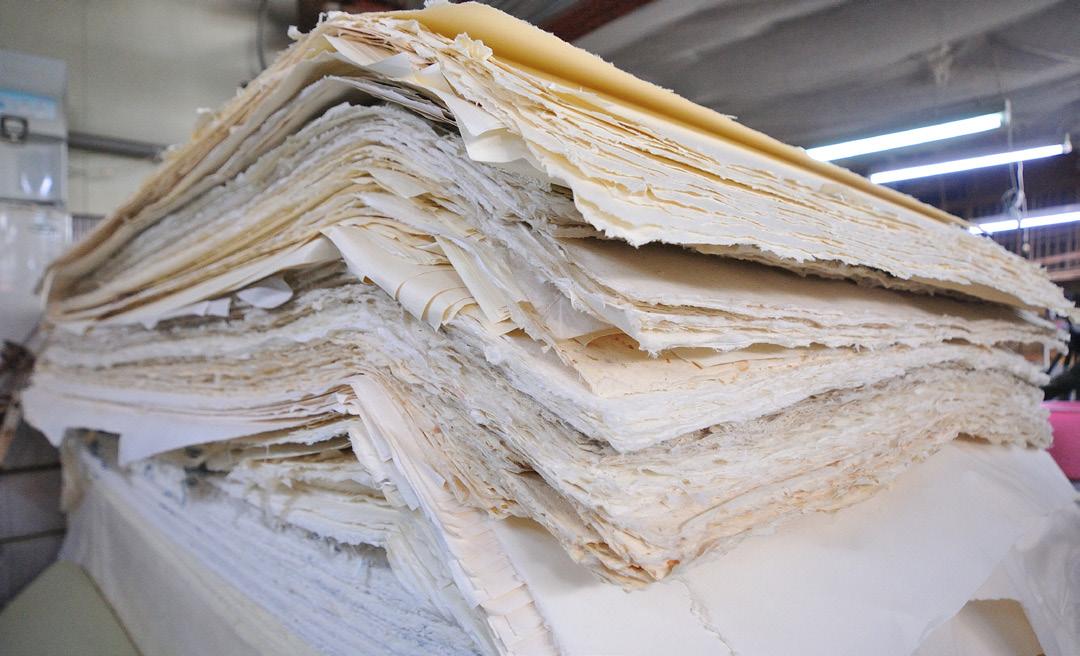
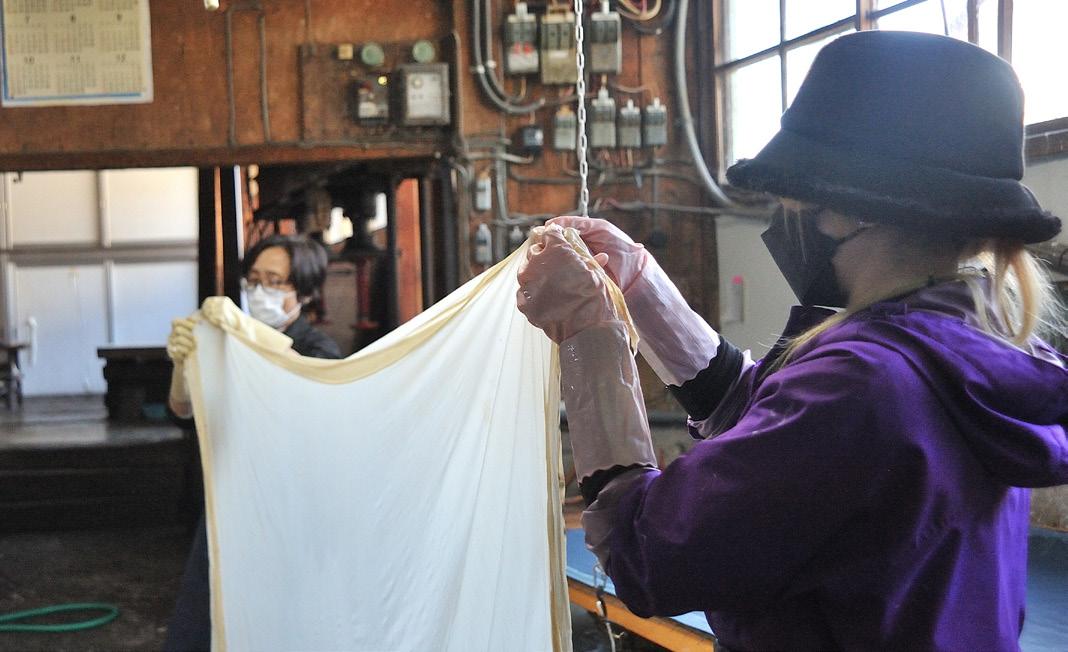
The village is home to several paper companies, where visitors can witness the intricate papermaking process and even try their hand at crafting their own paper. For instance, the Igarashi Seishi Co., Ltd., established in 1919, offers a range of machine-made and handmade fusuma paper, which is typically used in traditional sliding doors. In addition, they have recently launched a new paper brand made from discarded fruits and vegetables called food paper. Another recommended place is the Yanase Ryozo Seishijo, which offers unique techniques and methods used in traditional papermaking.
One of the highlights of the village is the OkamotoOtaki Shrine, a sacred site dedicated to Kawakami Gozen, the goddess of paper. This shrine is a designated Important Cultural Property, recognized for its historical and architectural significance.
Higashi Chaya District and Nagamachi
Kanazawa City in Ishikawa Prefecture may not be the first place that comes to mind when you think of geishas. But who would have thought that it has not just one, but three geisha districts waiting to be explored?
One of the most impressive of these districts is Higashi Chaya, which is the largest and most famous of the three.
This district is particularly special due to its architectural heritage. During the Edo period, the construction of two-story buildings was strictly prohibited, with the exception of geisha houses. In Higashi Chaya, the second floor of these charming wooden structures served as guest rooms. Today, the geisha houses in Higashi Chaya, along with those in Kyoto’s Gion district and Kanazawa’s Kazue-machi, have been designated as National Important Cultural Properties, recognizing their cultural significance and historical value.
Nagamachi is another area in Kanazawa worth visiting. It is where middle to high-ranking samurai once lived. Visitors can explore narrow streets lined with restored samurai residences and get a glimpse into the daily lives of these historical figures.

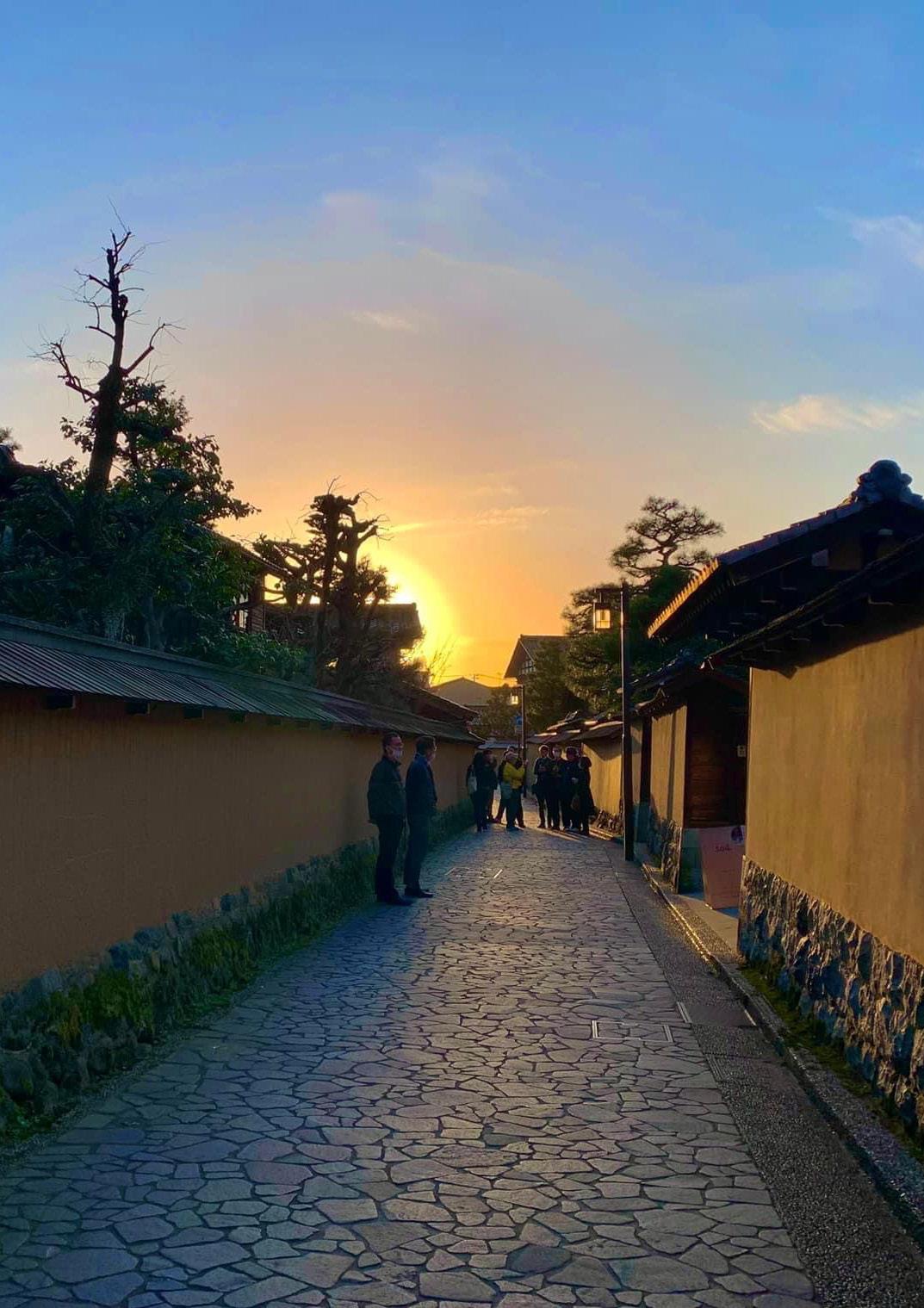

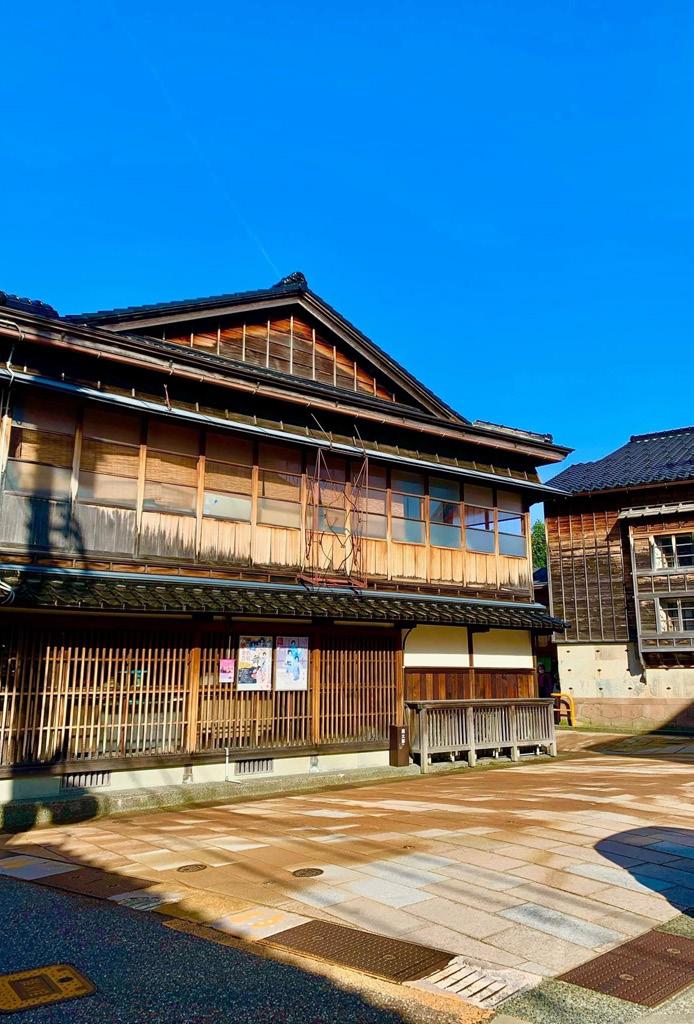
Inami and Iwase Districts
The Inami district, located in Toyama Prefecture’s Nanto City, is renowned as the birthplace of Inami woodcarving, showcasing some of Japan’s most exquisite carving techniques. The district’s Yokamachi-dori, a famous landmark, is home to several woodcarving workshops, making it a must-visit destination for art enthusiasts.
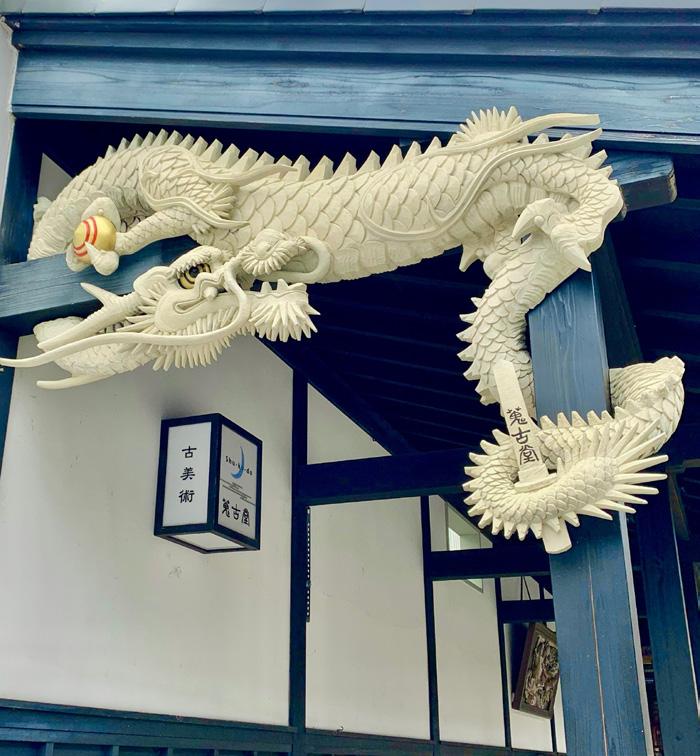
Once a bustling port town during the Edo Period, the Iwase district is now a popular destination for locals and tourists alike seeking a place to shop, eat, drink, and unwind. Here, you will find Saseki, a sake bar with an impressive collection of over 100 different types of sake; and the award-winning Kobo Brewery, where you can indulge in original craft beers.
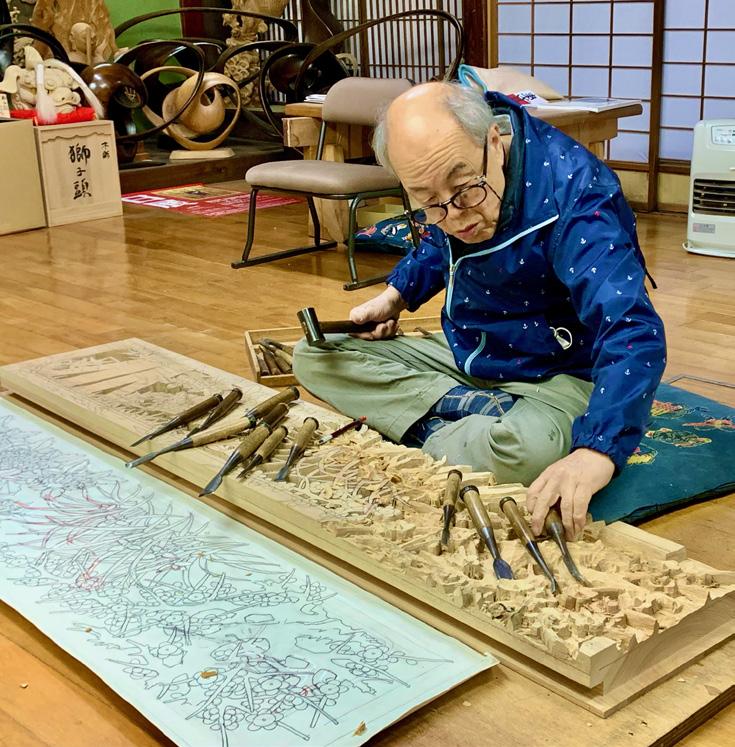
For thousands of years, the ama divers, also known as sea women, have been diving into the sea without the aid of oxygen tanks to collect various treasures of the underwater world, such as abalone, seaweed, and turban shells, in order to make a living.
During a time when women’s employment opportunities were limited, the ama divers were a shining example of those who turned to unconventional means to earn a living. However, as younger generations of women pursue different career paths and elderly ama divers retire, their numbers have decreased. Presently, there are only around 500 ama divers left in Shima, one of the two cities in Mie Prefecture, along with Toba, which has the highest concentration of female divers in Japan.
History of Ama
Archaeological excavations in the Shima Peninsula have revealed the fascinating history of ama free-diving, a tradition dating back some 3,000 years. The Jomon (14,000 - 300 B.C.) and Yayoi (300 B.C. - 300 A.D.) period ruins contain evidence of tools called “awabiokoshi” that ama divers used to pry abalone from the reef and remove them from their shells.
During the 18th century, Ukiyo-e prints depicted the unique way of life of ama divers, bringing them into the public eye and raising their popularity.








